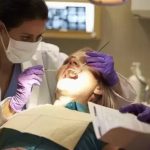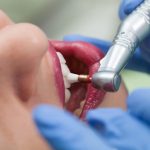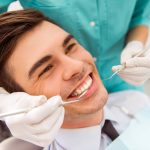Chewing Gum After Wisdom Teeth Removal: When Is It Safe?
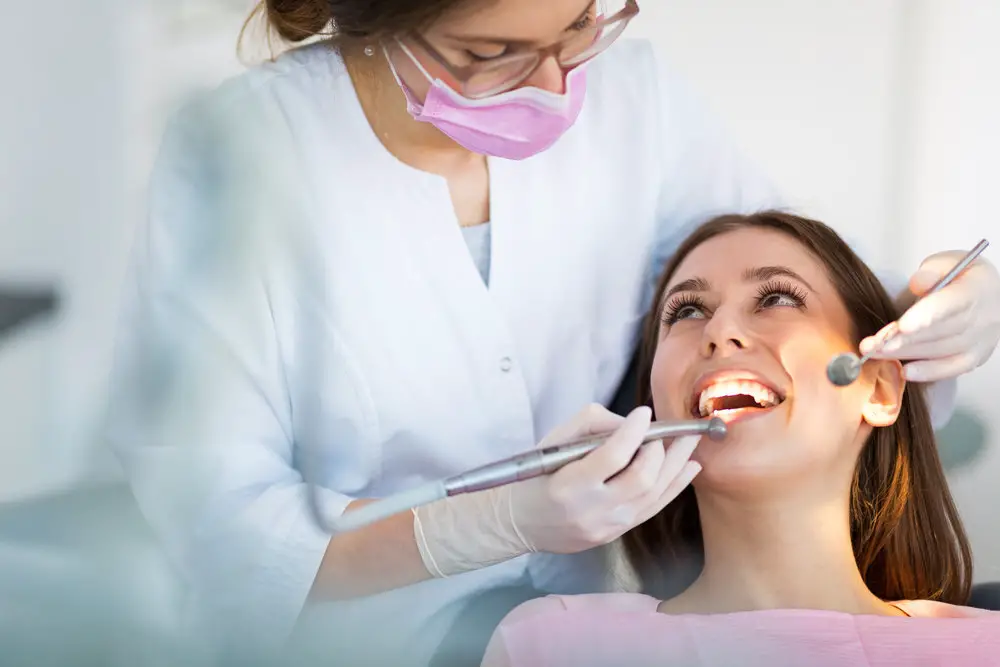
Wisdom teeth removal is a common procedure that many people undergo in their lifetime. It can be a painful and uncomfortable experience, but with proper aftercare, the healing process can be made more manageable. One of the most common questions people have after wisdom teeth removal is when it is safe to start chewing gum again. While it may seem like a simple question, the answer is not as straightforward as one might think. Chewing gum after wisdom teeth removal can have both benefits and drawbacks. On one hand, chewing gum can help stimulate saliva production, which can aid in the healing process and prevent dry socket. On the other hand, the act of chewing can put pressure on the site of the extraction and disrupt the formation of the blood clot, which is essential for proper healing. Therefore, it is essential to know when it is safe to start chewing gum after wisdom teeth removal to avoid any complications.
Wisdom teeth, also known as third molars, are the last set of teeth to develop in the human mouth, usually appearing in the late teens or early twenties. In many cases, these teeth can cause problems such as pain, infection, and damage to surrounding teeth. Therefore, dentists or oral surgeons often recommend wisdom teeth removal to prevent any future complications. The procedure involves making an incision in the gum tissue, removing the tooth, and stitching the wound closed. Recovery can take several days or weeks, during which patients are advised to avoid certain foods and activities to promote healing. It is important to follow your dentist or surgeon’s instructions closely to ensure a smooth recovery process.
Postoperative care is an essential aspect of any surgical procedure, including wisdom teeth removal. It is crucial to follow the instructions given by the dentist or surgeon to ensure proper healing and prevent complications. Postoperative care may include guidelines on diet, medication, oral hygiene, and follow-up appointments. Neglecting postoperative care can lead to complications such as infection, bleeding, and delayed healing. Therefore, it is essential to take postoperative care seriously and follow the instructions given by the healthcare provider to ensure a safe and comfortable recovery after wisdom teeth removal.
What Happens After Wisdom Teeth Removal?
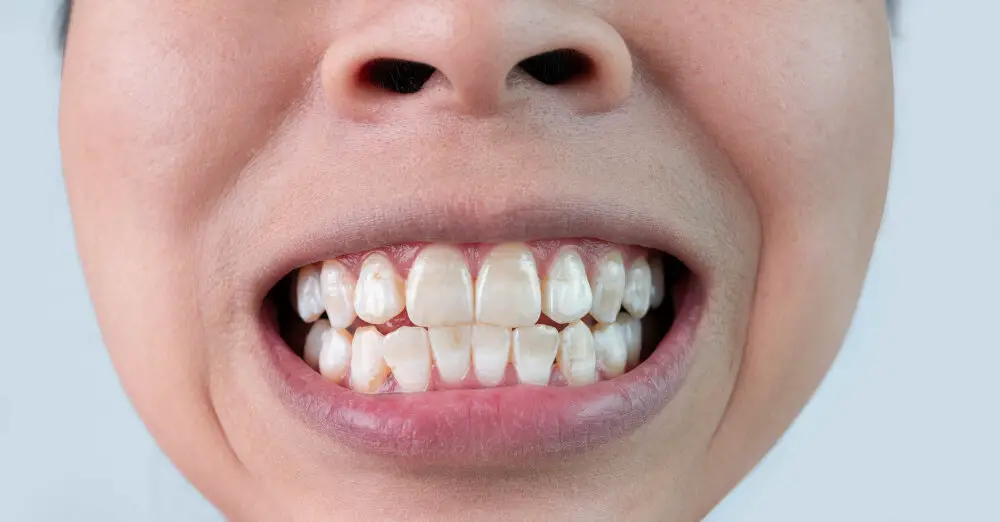
After wisdom teeth removal, the recovery process can vary from person to person. Typically, patients will experience some discomfort and swelling in the first few days after the procedure. Pain medication and ice packs can help manage these symptoms. It’s important to follow any post-operative instructions provided by your dentist or oral surgeon, such as avoiding certain foods and activities to prevent complications. As the healing process continues, patients may notice changes in their mouth and oral health. For example, the gums may appear red or inflamed as they heal around the extraction site. It’s also common to experience some bleeding or oozing from the site, which can be managed with gauze or tea bags. Over time, the gums will begin to close up over the socket where the tooth was removed. Patients should continue to practice good oral hygiene during this time, but should be gentle when brushing or flossing around the extraction site.
The healing process is a complex physiological response that occurs in the body after an injury or trauma. When wisdom teeth are removed, the body begins to repair the damaged tissues and bone in the affected area. This process includes the formation of blood clots, the growth of new tissue, and the remodeling of existing tissue. The body also produces antibodies to fight off any potential infections that may arise during the healing process. The rate at which the body heals depends on a variety of factors, including age, overall health, and the extent of the injury. It is important to follow post-operative instructions carefully to ensure proper healing and reduce the risk of complications.
Surgery is a medical procedure that involves an incision or manipulation of a patient’s body. It is a common practice to treat various illnesses or injuries. However, it can also come with some side effects such as pain, swelling, bleeding, bruising, and infection. Pain and discomfort are the most common side effects of surgery, and they can last for a few days or weeks. Swelling is also common after surgery, and it occurs due to the body’s natural response to injury. Bleeding and bruising are also common, especially after invasive surgeries. Infection is also a risk, and it can occur in the wound site or other parts of the body. While these side effects are common, they can be managed with proper care and medication.
Following wisdom teeth removal, it is crucial to take proper postoperative care to ensure a smooth and quick recovery. The patient should rest for the remainder of the day and avoid any strenuous activity. Applying an ice pack to the affected area can help reduce swelling. It is important to keep the mouth clean by gently rinsing with warm salt water. Avoiding any hard or chewy food and sticking to soft foods is recommended for the first few days. It is crucial to take all prescribed medication on time and as directed by the dentist. If any unusual symptoms occur, such as excessive bleeding, fever, or severe pain, it is important to contact the dentist immediately. By following these instructions, patients can ensure a speedy and comfortable recovery after wisdom teeth removal.
Can You Chew Gum After Wisdom Teeth Removal?
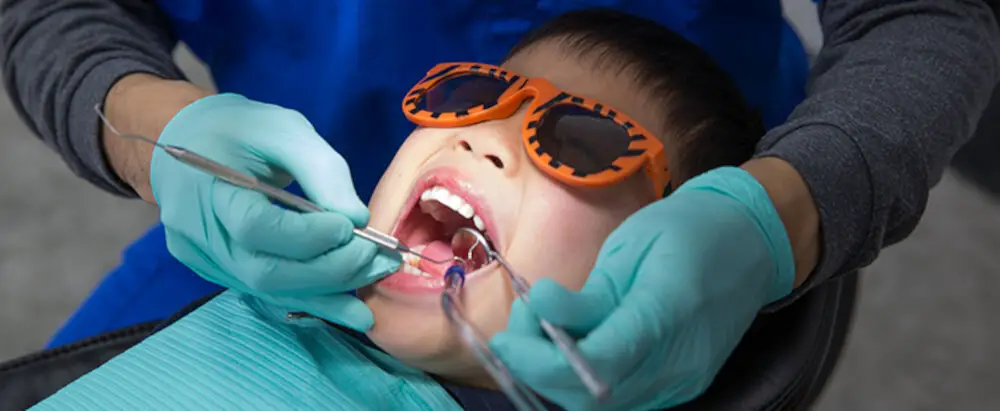
After wisdom teeth removal, it is important to follow the post-operative instructions provided by your dentist or oral surgeon. One common question that arises is whether it is safe to chew gum after the procedure. The short answer is that it depends on the individual case and the timeline of their recovery. Generally, it is best to avoid chewing gum for at least the first few days following surgery. This is because the act of chewing can put stress on the surgical site and disrupt the healing process. Additionally, the sticky texture of gum can potentially dislodge the blood clot that forms at the site, which is crucial for proper healing. Once a few days have passed and the initial healing has taken place, chewing gum may be safe to reintroduce into your routine. However, it is important to still be cautious and choose a sugar-free gum that is soft and easy to chew. This can help stimulate blood flow to the area and prevent dry socket, a painful condition that occurs when the blood clot is dislodged from the socket. It is also important to continue following all post-operative instructions, such as avoiding hard or crunchy foods, brushing and flossing gently, and attending follow-up appointments with your dentist or oral surgeon. By taking proper care of yourself after wisdom teeth removal, you can ensure a smooth recovery and minimize the risk of complications.
Chewing gum after wisdom teeth removal can have both positive and negative effects on the healing process. On the one hand, chewing gum can stimulate saliva production, which can help to keep the mouth clean and reduce the risk of infection. Additionally, the act of chewing can increase blood flow to the gums, which may help to speed up the healing process. However, on the other hand, the repetitive motion of chewing can also irritate the surgical site and potentially dislodge the blood clot that forms after surgery, leading to a painful and potentially dangerous condition known as dry socket. Therefore, it is important to wait until your dentist or oral surgeon gives you the green light before resuming chewing gum after wisdom teeth removal.
Chewing gum after wisdom teeth extraction may seem like a harmless way to freshen your breath and stimulate saliva production, but it can actually pose serious risks to your healing process. The act of chewing can dislodge the blood clot that forms over the extraction site, resulting in dry socket, a painful condition that occurs when the bone and nerves are exposed to air and food particles. Additionally, the force of chewing can cause the wound to reopen, leading to bleeding and a longer recovery time. It’s important to wait until your dentist or oral surgeon gives you the green light before reintroducing solid foods and gum to your diet to avoid any complications.
After wisdom teeth removal, it is important to be cautious about reintroducing gum into your diet. The recommended timeline for this varies depending on the individual and their healing process. Generally, it is best to wait at least one to two weeks before attempting to chew gum again. During this time, the mouth may still be tender and sensitive, making it difficult to chew. Additionally, the act of chewing gum can put pressure on the healing extraction site, which can cause pain, swelling, and delay the healing process. It is important to follow the guidance of your dentist or oral surgeon and wait until they give you the green light before incorporating gum into your diet again. Overall, patience and caution are key when reintroducing gum after wisdom teeth removal to ensure a smooth and comfortable recovery.
Alternatives to Chewing Gum
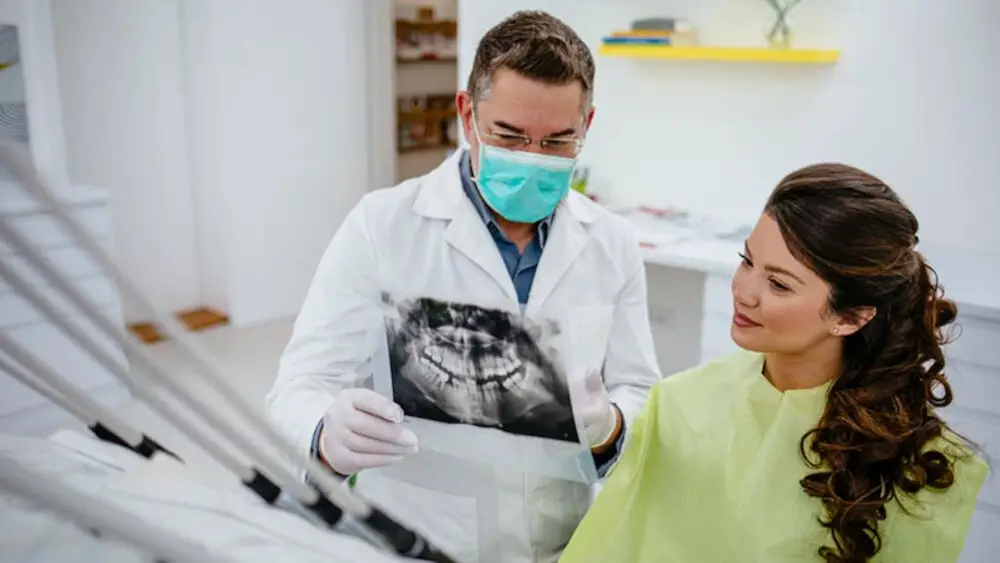
If you’re someone who enjoys having something to chew on, but you’re not a fan of chewing gum, you’re in luck! There are plenty of alternatives to chewing gum that can provide the same sensation without the sticky mess. One option is to chew on sugar-free mints or candy. These products are designed to dissolve slowly, giving you a long-lasting burst of flavor while also freshening your breath. Another option is to chew on a piece of licorice root. This natural alternative has been used for centuries to freshen breath and promote dental health. Plus, it’s a great way to satisfy your urge to chew without any added sugar or artificial flavors. If you’re looking for a healthier option, try chewing on some crunchy vegetables like carrots or celery. Not only will these foods help satisfy your urge to chew, but they also provide a healthy dose of vitamins and minerals. Additionally, you can try chewing on a piece of sugar-free gum made from natural ingredients like xylitol. This sweetener is derived from plants and has been shown to promote dental health by reducing the growth of harmful bacteria in the mouth. Whatever your preference, there are plenty of alternatives to chewing gum that can help you feel satisfied and refreshed without any negative side effects.
After undergoing dental surgery, it is crucial to follow a soft food diet to ensure proper healing and prevent any discomfort. Some of the foods that are safe to eat after surgery include mashed potatoes, oatmeal, yogurt, scrambled eggs, soups, smoothies, and protein shakes. These foods are easy to swallow and do not require much chewing, reducing the risk of damaging the surgical site. It is essential to avoid hard or crunchy foods, such as nuts and popcorn, as well as spicy and acidic foods that may irritate the wound. Following a soft food diet will promote a faster and smoother recovery, allowing you to return to your regular diet as soon as possible.
Avoiding hard or crunchy foods is crucial after wisdom teeth removal to prevent complications and promote healing. Consuming hard or crunchy foods can irritate the surgical site, cause bleeding, and dislodge the blood clot, leading to a painful condition called dry socket. This can prolong the recovery process and increase the risk of infection. It is recommended to stick to soft and liquid foods for the first few days after the surgery, gradually introducing solid foods as the healing progresses. It is also essential to avoid using a straw or smoking during the recovery period, as the suction can also dislodge the blood clot and delay the healing process. By following these guidelines, patients can ensure a smooth and speedy recovery after wisdom teeth removal.
Signs that You’re Ready to Chew Gum Again
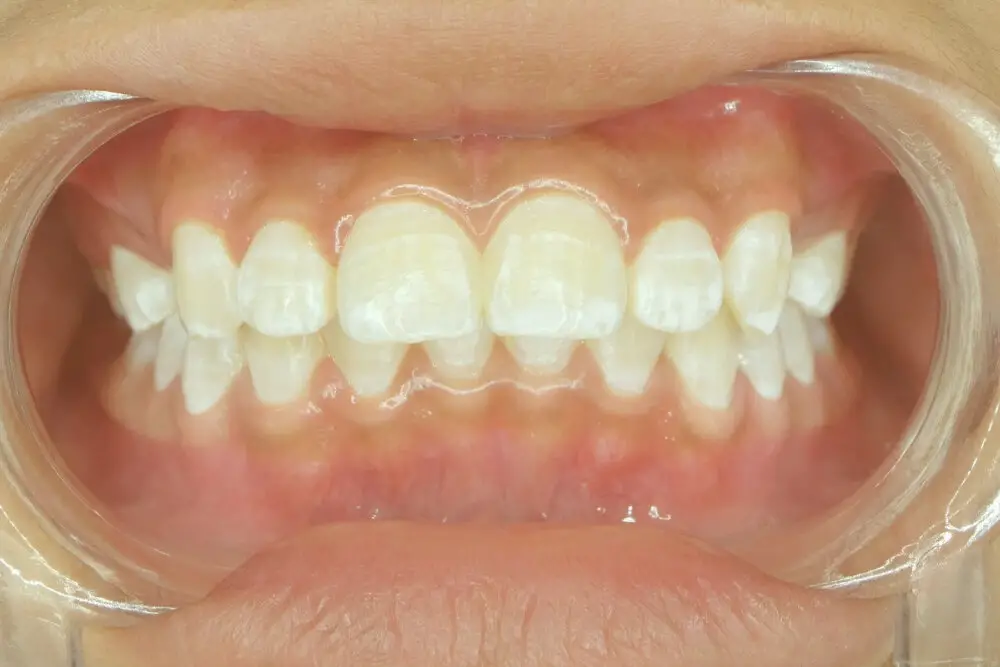
After having wisdom teeth removed, it is important to take proper care of your mouth to promote healing and avoid complications. One question that often arises is when it is safe to start chewing gum again. While every person’s healing process is different, there are some signs that may indicate it is time to reintroduce gum into your diet. Firstly, if you experience little to no pain or discomfort when opening and closing your mouth, this may be a sign that your mouth is healing well and it is safe to start chewing gum. Additionally, if you are able to eat solid foods without any pain or discomfort, this may also be an indication that it is safe to start chewing gum again. It is important to note that it is always best to check with your dentist or oral surgeon before reintroducing gum or any other foods into your diet after wisdom teeth removal. Your dentist or oral surgeon will be able to assess your individual healing process and give you personalized recommendations. Additionally, it is important to choose sugar-free gum to avoid any potential harm to your teeth and gums. By paying attention to your body and working with your healthcare provider, you can safely reintroduce gum into your diet after wisdom teeth removal.
After wisdom teeth removal, it is essential to give your mouth enough time to heal before chewing gum. Typically, it takes around 7-10 days for the gum tissue to heal entirely. Signs that show your mouth has healed enough to chew gum include the absence of swelling, pain, or discomfort in the gum area. You should also be able to open your mouth without any difficulty or pain. If your mouth is still sore or if you experience pain when opening your mouth, it is recommended to wait a little longer before chewing gum. It is also crucial to consult with your dentist or oral surgeon before resuming any activity that may affect your healing process.
It is crucial to follow your dentist’s instructions after wisdom teeth removal, especially when it comes to chewing gum. Although chewing gum can freshen your breath and help you feel less hungry, it can also delay the healing process and cause complications such as infection or dry socket. Your dentist will provide you with specific guidelines on when it is safe to chew gum again, depending on the severity of your surgery and the rate of your recovery. By adhering to their advice, you can ensure proper healing, minimize the risk of complications, and enjoy a faster and smoother recovery overall. So, it is important to listen to your dentist and avoid chewing gum until you get the green light.
Postoperative care is an essential aspect of any surgical procedure, including wisdom teeth removal. It involves taking necessary steps to manage pain, prevent infection, and promote healing. Failure to adhere to postoperative care instructions can result in complications such as dry socket, infection, and prolonged recovery time. Patients are advised to follow the instructions provided by their oral surgeon or dentist, which may include taking prescribed medication, avoiding certain foods and activities, and maintaining good oral hygiene. By following these instructions, patients can minimize the risk of complications and ensure a smooth recovery process.
In conclusion, chewing gum after wisdom teeth removal can be safe, but it depends on several factors such as the type of gum and the individual’s healing progress. It’s important to wait until the appropriate time to start chewing gum again to avoid any complications or delays in the healing process. Opting for sugar-free gum can also reduce the risk of infection and promote oral health. However, it’s crucial to follow the instructions and recommendations provided by the dentist or oral surgeon to ensure a smooth and successful recovery. Overall, with patience and caution, chewing gum can once again become a part of your daily routine after wisdom teeth removal.
Conclusion

In conclusion, chewing gum after wisdom teeth removal can be a tricky and risky affair. It is important to understand the potential risks involved and follow the post-operative instructions provided by your dentist or oral surgeon. While it may be tempting to chew gum to freshen your breath or alleviate boredom, doing so too soon can lead to serious complications, such as infection or delayed healing. It is best to wait until your dentist or oral surgeon gives you the green light and follow their guidelines to ensure a safe and successful recovery. Remember, patience is key when it comes to post-operative care, and taking the time to properly heal will ultimately pay off in the long run.
